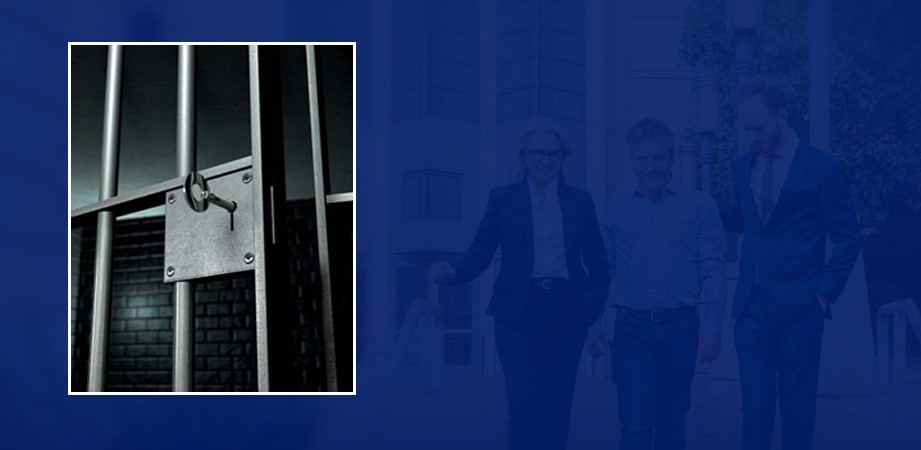Early Release For Harsh Drug Sentences
In a move to reduce prison overcrowding and provide relief to inmates given harsh sentences in drug cases, the Justice Department has granted early release to about 6,000 inmates, which will be effective between October 30, 2015 and November 3, 2015.
These are all nonviolent offenders sentenced for drug charges under mandatory drug sentencing guidelines, long thought by many to be too harsh. The early release follows action by the Sentencing Commission that reduced the potential punishment for future drug offenders last year and then made that change retroactive. The Sentencing Commission has estimated that an additional 8,550 inmates will be eligible for release between November 1, 2015 and November 1, 2016.
Release of these 6,000 inmates is the largest ever one-time release of federal prisoners in U.S. history. “Six thousand people could be a scary thing,” said Mary Price, general counsel of Families Against Mandatory Minimums, which campaigns for sentencing reform. “Or it could be a signal that we as a nation are serious about rethinking our approach to crime and punishment.” If this release concerns you, perhaps a little more information would help. There are over two million people incarcerated in the United States. More than 10,000 of them gain release from state and federal prisons every week and more than 650,000 every year. In our too-harsh criminal justice system, the release of 6,000 prisoners is just a small step toward justice. Also, about one-third of these 6,000 prisoners released by this order are foreign citizens who will be quickly deported. Most of the others will be moved to a halfway house or other appropriate housing and monitored for the balance of their sentence.
This action is separate from an initiative by President Obama to grant clemency to certain nonviolent drug offenders that has resulted in the early release of 89 inmates so far. Also, the Justice Department has instructed its prosecutors not to charge low-level, nonviolent drug offenders who have no connection to gangs or large-scale drug organizations with offenses that carry severe mandatory sentences.
These actions indicate that the government is taking a new, less harsh stance on drug charges and are part of a shift in our country’s stance on drug sentencing that is driven by a bipartisan agreement that the policy of mass incarceration has failed and must end.
Sentencing updates are available from the commission at:
The information you obtain from this site is not, nor is it intended to be, legal advice. You should consult an attorney for advice regarding your individual situation.
[elementor-template id=”3791″]
[faq title=”FREQUENTLY ASKED QUESTIONS!” id=”209, 236, 509″]


This Post Has 0 Comments